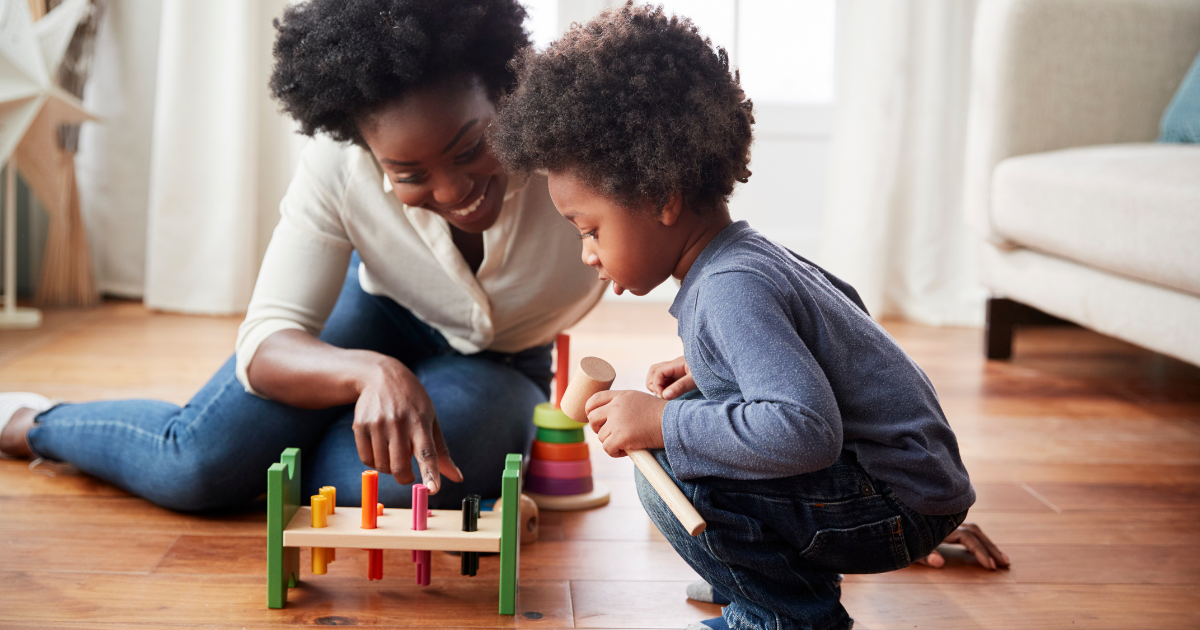Healthy Choices
How to choose safer toys

Toys should inspire imagination, creativity, and fun! However, inadequate protections for products mean that toys, even those made for very small children, can contain hazardous chemicals and plastics.
Toxic-Free Future is working to change the systems so that everyone is protected. But in the meantime, there are some steps that can be taken to avoid products that pose threats to health and cause significant pollution.
